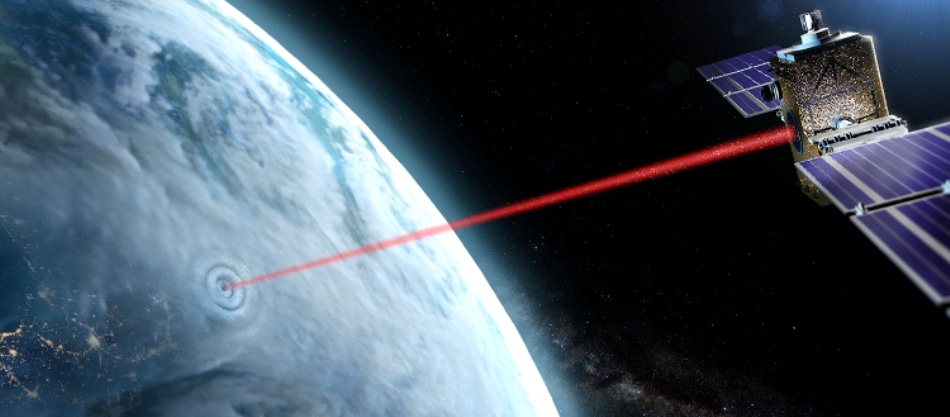Oct 19 2018
We are living in an age of long-range information, where radio waves can be transmitted from satellites or underground optical fiber. However, currently, the throughput is so high that radio frequency cannot keep up.
Scientists are now exploring the use of lasers that, despite being technically complex, have various benefits.
 Laser that heats the air over 1500 °C and produces a shock wave to expel sideways the suspended water droplets that make up the cloud. (Image credit: UNIGE, Xavier Ravinet)
Laser that heats the air over 1500 °C and produces a shock wave to expel sideways the suspended water droplets that make up the cloud. (Image credit: UNIGE, Xavier Ravinet)
This innovative technology, which is presently in the testing phase, faces a major challenge: clouds.
A dense scattering of clouds results in the laser beams being halted and the transfer of information scrambled.
However, scientists from the University of Geneva (UNIGE), Switzerland, have designed an ultra-hot laser that forms a temporary hole in the cloud, thereby allowing the laser beam to transfer the information. This is the first technology of its kind to be made available.
The development was recently featured in the journal and more information on this technology can be obtained from the Optica journal.
Although satellite radio communication is robust, it cannot meet the daily requirements for the flow of information.
Its long wavelengths restrict the amount of information transmitted, and the available frequency bands are scarce and very costly.
Moreover, since radio frequencies can be easily captured, they pose more acute security challenges ever—the reason for studies to switch over to lasers.
It is a new technology that is full of promise. The very short wavelengths can carry 10,000 times more items of information than radio frequency, and there aren’t any limits to the number of channels. Lasers can also be used to target a single person, meaning it is a highly secure form of communication.”
Professor Jean-Pierre Wolf, Co-Author
The laser can heat the air to over 1500 °C and generate a shock wave to expel the suspended water droplets forming the cloud sideways.
This leads to the formation of a hole with a width of a few centimeters over the entire thickness of the cloud.
The Nobel Prize for Physics for the year 2018 has just been awarded for the discovery of these ultra-powerful lasers.
All you then need to do is keep the laser beam on the cloud and send the laser that contains the information at the same time. It then slips into the hole through the cloud and allows the data to be transferred."
Guillaume Schimmel, Co-Author
At present, this “laser cleaner” is being tested on artificial clouds with a thickness of 50 cm but containing 10,000 times more water per cubic centimeter compared to a natural cloud—and it functions, even if the cloud moves.
“Our experiments mean we can test an opacity that is similar to natural clouds. Now it is going to be about doing it on thicker clouds up to one kilometer thick,” continued Wolf.
“It is also about testing different types of clouds in terms of their density and altitude,” added Schimmel.
This innovative technology is a significant step toward the commercial application of satellite laser communication.
We are talking about possible global implementation by 2025, and our idea is to be ready and to allow countries that are overcast to have this technology!"
Professor Jean-Pierre Wolf, Co-Author